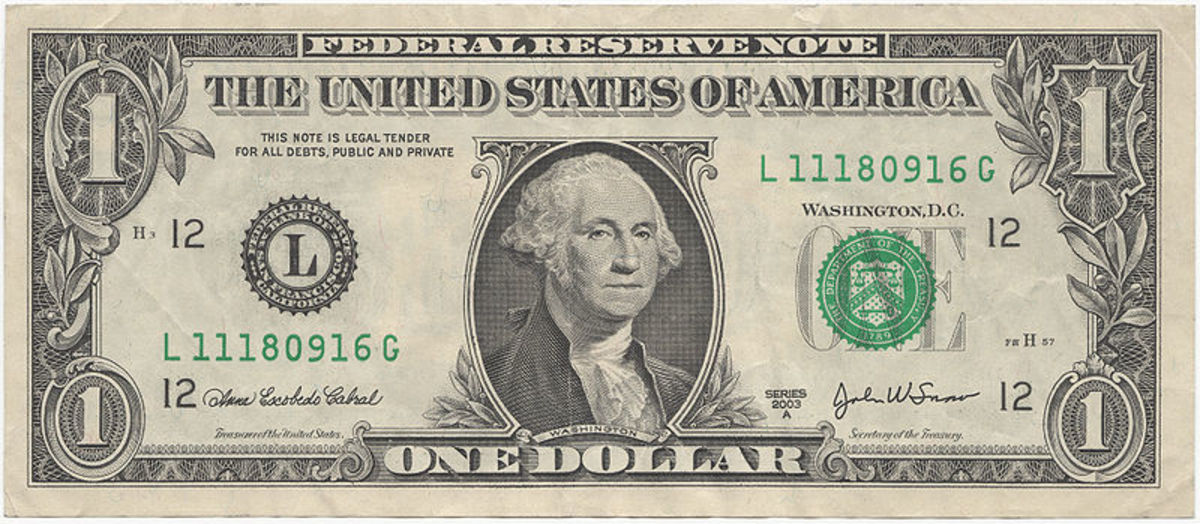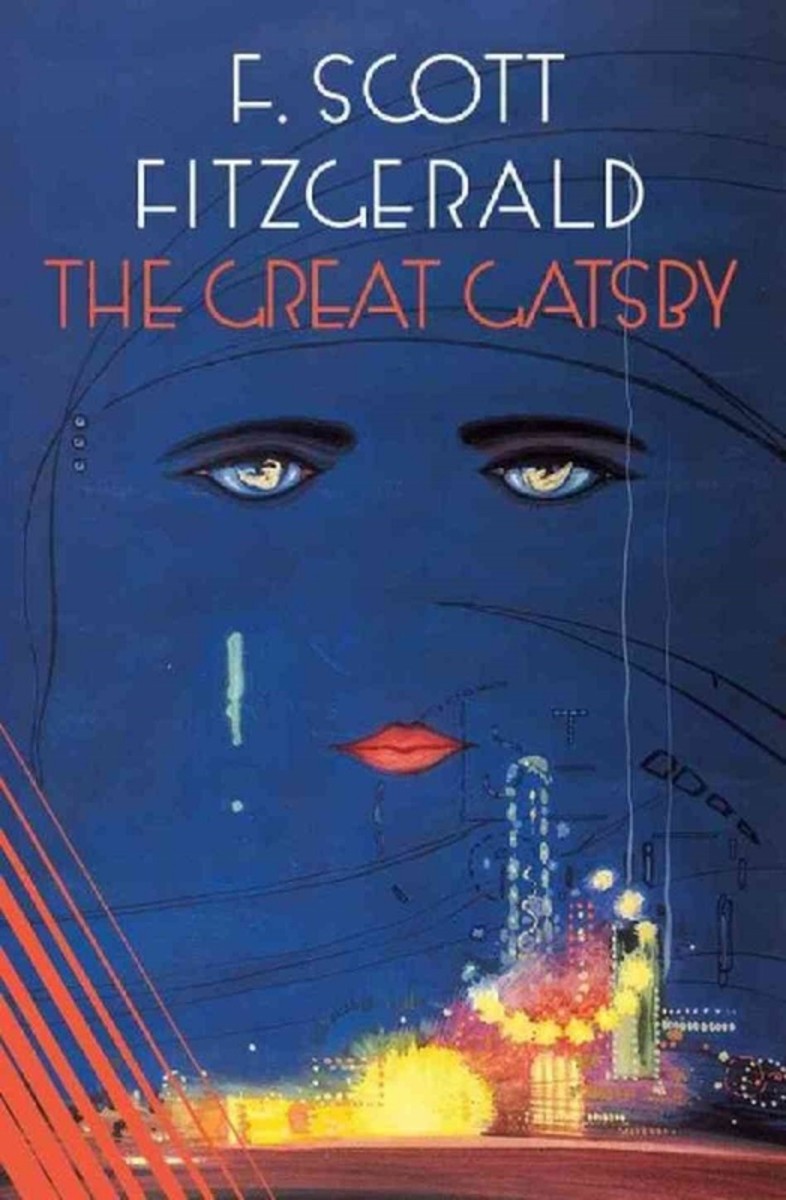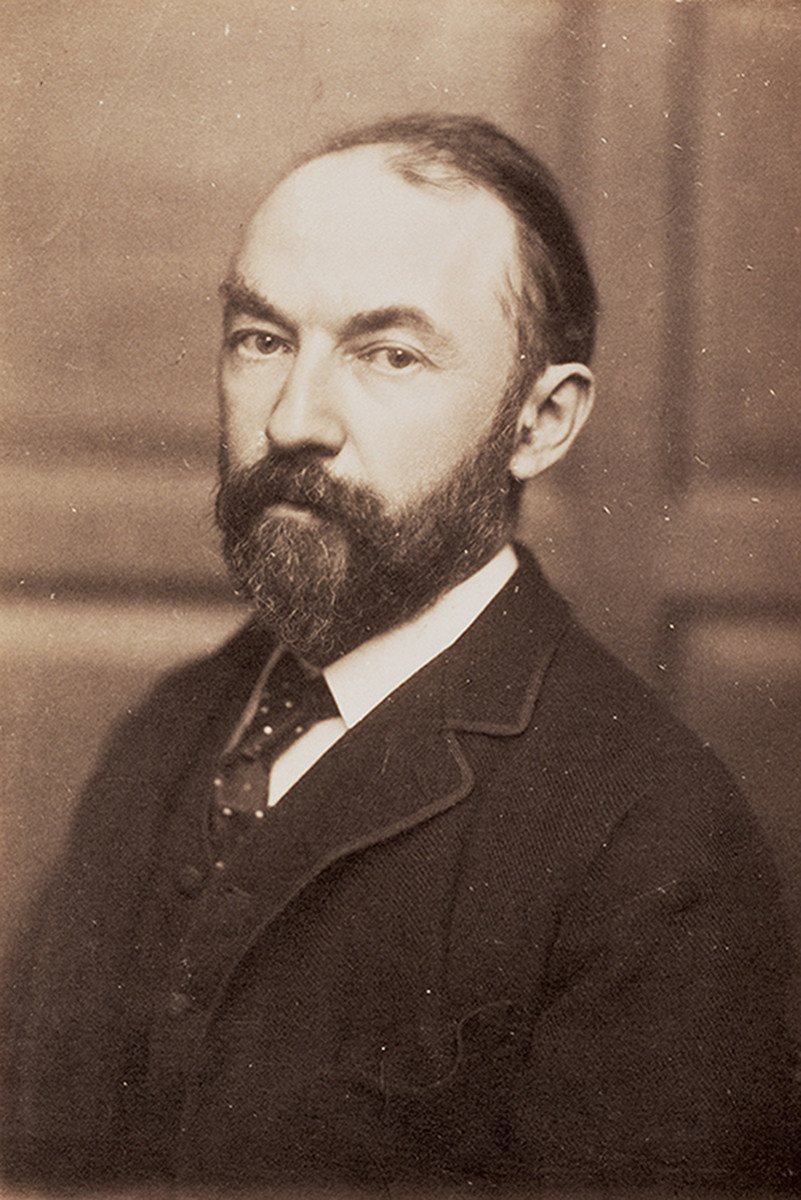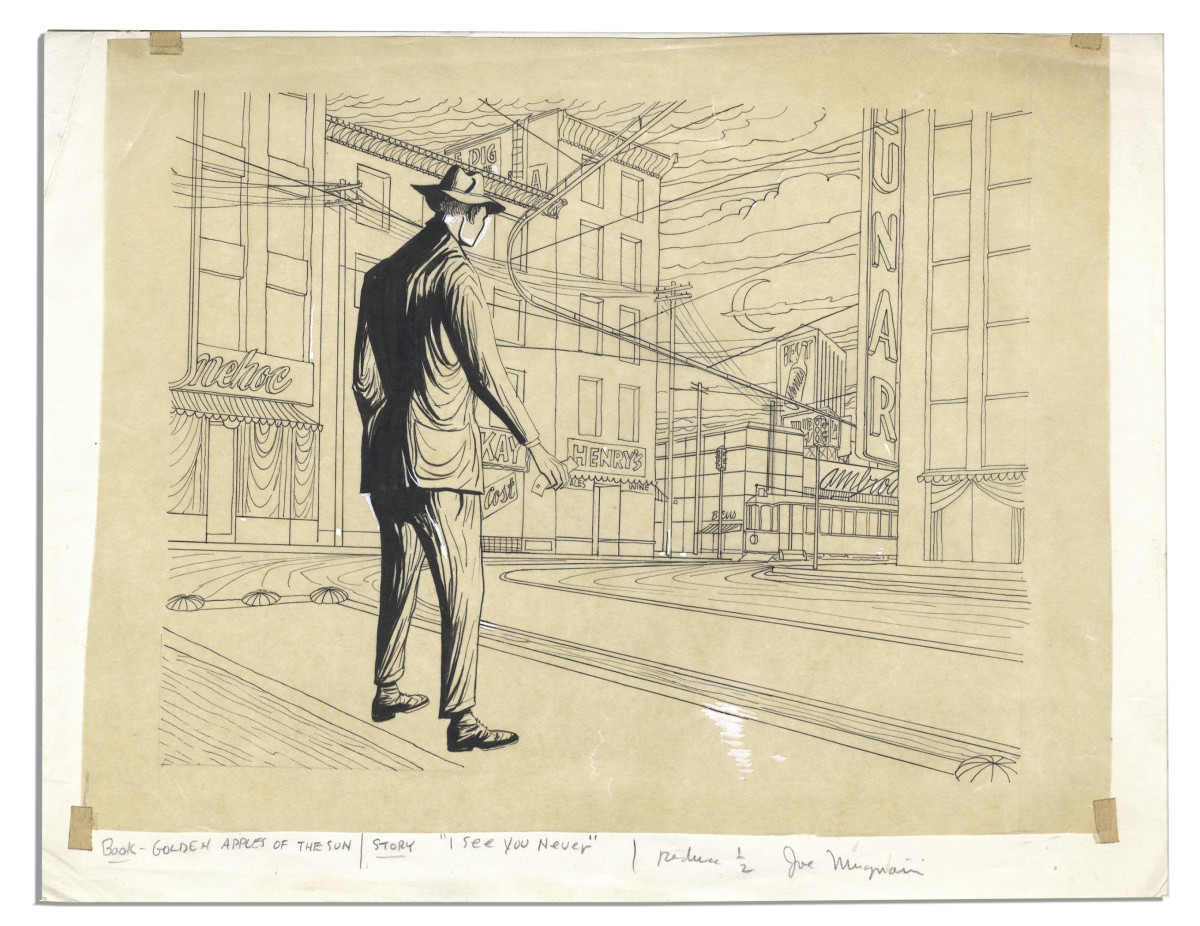- HubPages»
- Books, Literature, and Writing»
- Literature»
- Literary Criticism & Theory
Great Gatsby Chapter Three Analysis

Interestingly, Fitzgerald delays Gatsby’s introduction to chapter three, which adds to the rising action of the chapter. Moreover through the description of Gatsby’s party, Fitzgerald supports the novella as a tragedy.
Fitzgerald begins by by presenting a discrepancy between appearance and reality, in doing so he censures Gatsby’s society and displays the fragility of Gatsby’s dream. The image of Gatsby’s “blue garden’s” are especially relevant as they demonstrate the illusory nature of Gatsby’s parties, and through the colour “blue” Fitzgerald presents the parties as an escape from reality. Gatsby’s guests are referred to as “moths among the whisperings and the champagne and the stars...”- a metaphor Fitzgerald uses to present societies attraction to the appearance of wealth and grandeur of the parties. However like a “moth”, the guests are eventually consumed by the this appearance of wealth. This image is reinforced as Fitzgerald describes the “five crates of oranges and lemons...”, again there is a discrepancy between the outside appearance and the inner reality, epitomising the illusory nature of Gatsby’s parties, and more so his dream. Later in the chapter a “middle aged man, with enormous owl-eyed spectacles”, firstly the “spectacles” symbolise his ability to see through the facade of Gatsby. He perceptively notes that although the books are “absolutely real” he “knew when to stop-didn’t cut the pages”, demonstrating the books hadn’t been read. Again, although at the surface there is a sense of “realism”, the ‘inner’ reality contradicts the appearance. Furthermore the fact that “if one brick was removed the whole library was liable to collapse” emphasises the fragility of Gatsby’s dream, and hints at the impossibility of its success. As the ‘rising action’ takes form, Gatsby’s noble or even heroic aims are already deemed to fail which reinforces the novella as a 20th century American tragedy. Fitzgerald makes this even clearer, in presenting, “the owl eyed man”, who had unveiled Gatsby’s true reality, in connection with the ‘car crash’, foreshadowing Myrtle’s death which leads to Gatsby’s downfall. Even structurally, both the fact that Fitzgerald introduces Gatsby as late as chapter 3; also presenting him constantly in isolation , and “The Great Gatsby” being attributed to his name contributes to Fitzgerald’s presentation of him as a tragic hero.
Moreover, chapter 3 is also pivotal in conveying Fitzgerald’s novella as a satire. Aside from its structural importance, the car crash demonstrates the damaging effects of the excessive nature of modernism. The “violent” accident at Gatsby’s party adumbrates Myrtles, horrific, gruesome death in chapter seven, thus cars, in this novel, bring out the worst in people. It’s relevant that the first event of tragic implication occurs in the setting of Gatsby’s party, a setting used to expose, incriminatingly, the wanton immortality of Gatsby’s society.

How does Fitzgerald tell the story
Form
| Gatsby as tragic hero reinforces novel as a tragedy
|
|---|---|
Gatsby's parties reinforce the novel as a satire
| |
Structure
| Gatsby's late introduction
|
Rising Action of chapter
| |
Language
| Imagery of books, oranges, colour
|
Description of Gatsby's smile
|







